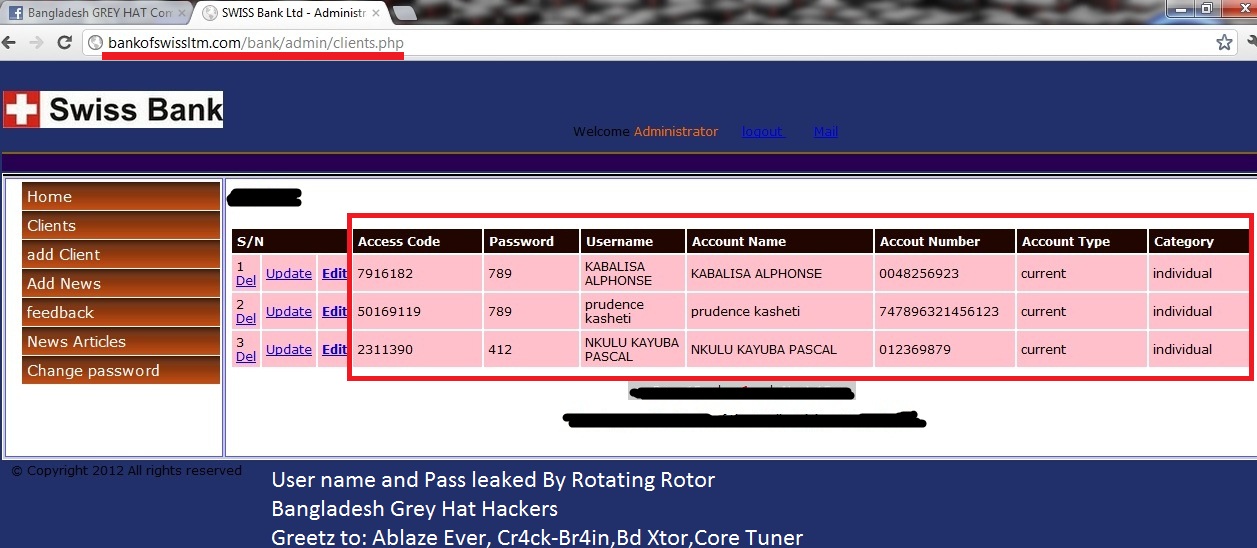
In subsequent attacks using the same tactics, IBM Trusteer was able to see evolution and lessons learned when the attackers evidently fixed errors from past attacks. After one spree, the attackers shut down the operation, wipe traces, and prepare for the next attack." Says the company: "The attackers use these emulators to repeatedly access thousands of customer accounts and end up stealing millions of dollars in a matter of just a few days in each case. IBM Trusteer says that the scale of the operation is one that has never been seen before, in some cases, over 20 emulators were used in the spoofing of well over 16,000 compromised devices. In this automatic process, they are likely able to script the assessment of account balances of the compromised users and automate large numbers of fraudulent money transfers being careful to keep them under amounts that trigger further review by the bank.Īn emulator can mimic the characteristics of a variety of mobile devices without the need to purchase them and is typically used by developers to test applications and features on a wide array of device types. Using automation, scripting, and potentially access to a mobile malware botnet or phishing logs, the attackers, who have the victim’s username and password, initiate and finalise fraudulent transactions at scale. In each instance, a set of mobile device identifiers was used to spoof an actual account holder’s device, likely ones that were previously infected by malware or collected via phishing pages. The only way to completely protect yourself against man-in-the-browser attacks and other sophisticated types of cybercrime, is with an advanced Internet security suite.The research team says that the hackers used an infrastructure of mobile device emulators to set up thousands of spoofed devices that accessed thousands of compromised accounts. The web address you’re looking at will be correct, and you will be logged in to your bank’s legitimate website, but cyber-criminals will be able to intercept the transaction, steal your financial details and, more importantly, your money.
Bank account hacker Pc#
In this kind of exploit, malware on your PC invisibly modifies legitimate web pages in order to take control of your online banking activity. The most sophisticated cyber-criminals are now using something called a man-in-the-browser attack. You should also make sure that you have a good Internet security program, with secure online banking functions. Look out for bogus links: If you see strange activity on your account, check to see if you’ve clicked any suspicious links in your email recently. Even the smallest unauthorised transfer can be a danger sign.ĭon’t ignore notifications: If you get an email saying your account details have changed and you didn’t change them, your account may be compromised.īeware of bogus calls: If someone phones and claims to be from your payment provider, insist on calling them back on the company’s public phone number.ĭon’t trust the text: If you suddenly start getting messages or calls from a mobile number that your provider doesn’t normally use-be very suspicious.Ĭheck every email: If an email or other online communication doesn’t look genuine, don’t reply to it without checking with your provider. Watch for any unauthorised activity: Always know what transactions are expected.
Bank account hacker cracked#
But what are the signs that your account has been cracked by cyber-criminals? Here are our top tips for keeping your money safe. Look online and you’ll find lots of advice on what to do after your payment account has been compromised. That’s why you should keep an eagle eye on your PayPal, Amazon, Google Checkout and other online payment accounts, so you can spot suspicious activity right away. But it also means we’re now more at risk of falling victim to Internet scammers.




We’re banking and shopping online more than ever.


 0 kommentar(er)
0 kommentar(er)
